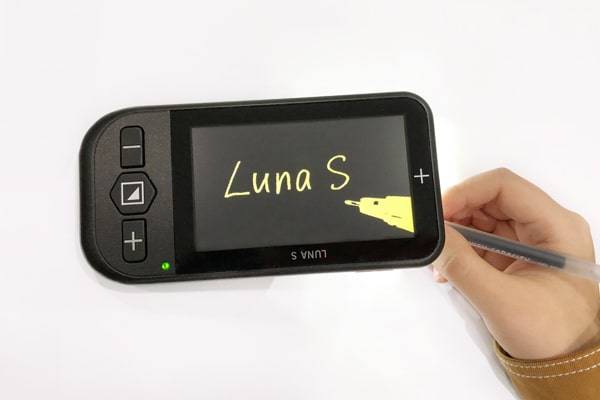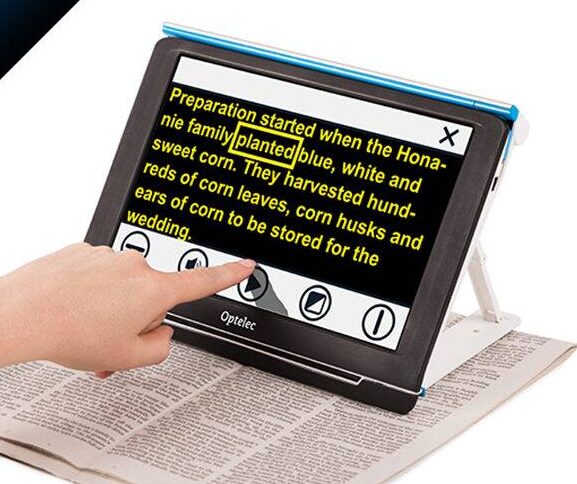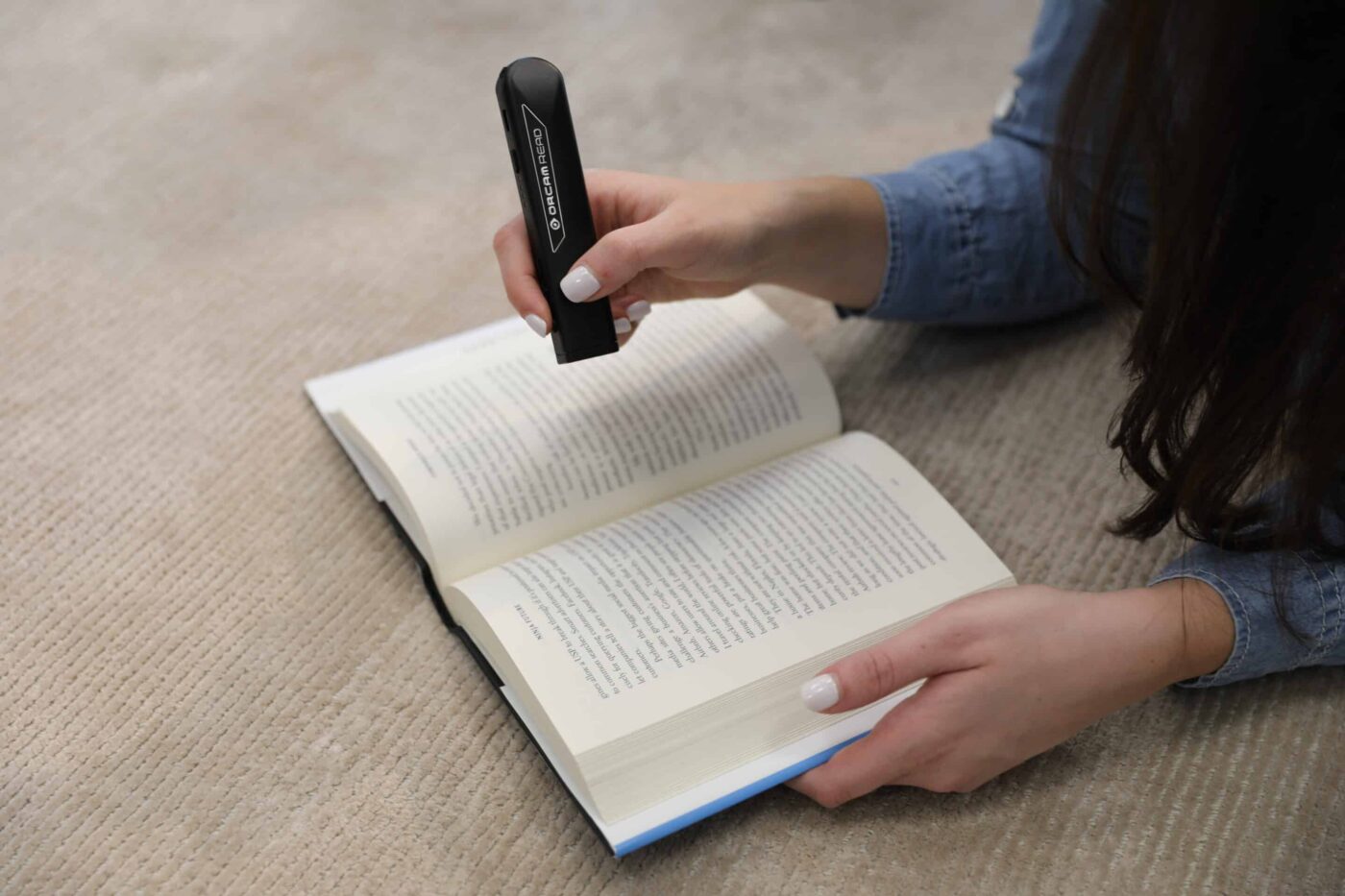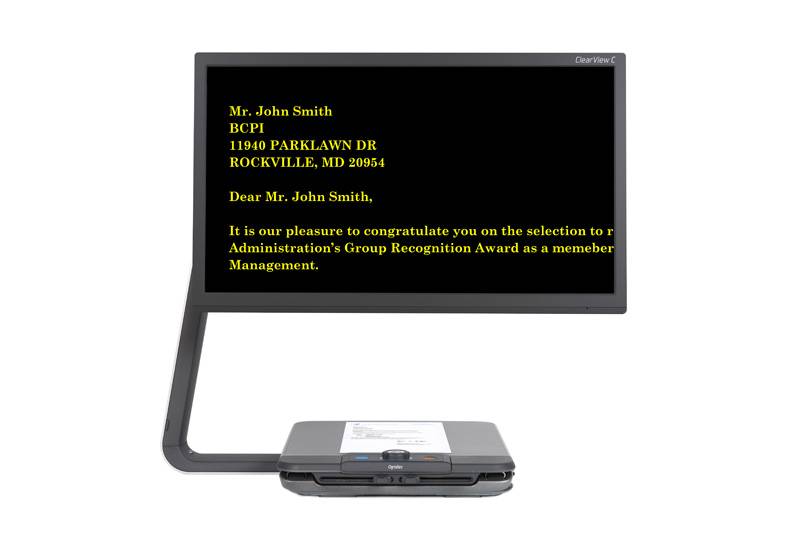Library programming during the pandemic
Library programming is not an easy task, especially during a pandemic. From coast to coast, libraries have done an enormous public service throughout the COVID-19 crisis. We have seen libraries pivot quickly, adjusting priorities and adapting programs in the face of a global pandemic. Not only have libraries provided critical services like internet access to their communities, but they have also proven themselves beacons of hope, unity and creativity at a time when these virtues are most needed. Here are just a few of their stories.
Weymouth Public Library’s book match program
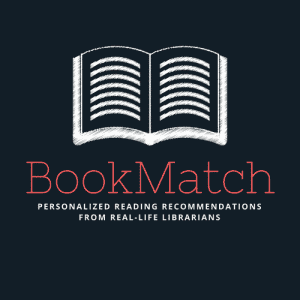
Source: https://www.weymouth.ma.us/reader-services/webforms/bookmatch
Through BookMatch, readers receive personalized reading list recommendations from librarians at Weymouth Public Library in Massachusetts. Just fill out a quick form about your recent reads and reading preferences, and a librarian compiles a list of books and authors for you to try next. This method fills a crucial gap caused by the health crisis, when browsing the shelves in-person is not always possible. In addition, keeping a running reading list may be beneficial to mental health, as books can provide a healthy escape for many people who are stuck at home for prolonged periods. And, the BookMatch program helps expand access to library materials for blind and visually impaired book lovers. Way to go, WPL!
LA Public Library’s crowd-sourced pandemic archive
On the west coast, the Los Angeles public library is compiling a community archive of the diverse experiences of LA residents during the pandemic. Any Los Angeles resident can submit digital materials including photos, correspondence, journal entries, blog posts, social media samplings, signage, and artwork. The goal is to create a compassionate, comprehensive, and compelling account of this moment in history from all walks of life. From students to teachers to parents and essential workers, stories are curated and made available to the public through an online special collections portal, which will in time provide crucial source material for future researchers and historians. Submissions are being accepted through May 1.

A submission to the LAPL’s community archive by Rachel Torrey. (Photo source: Los Angeles Times)
Library programming reaches out to seniors
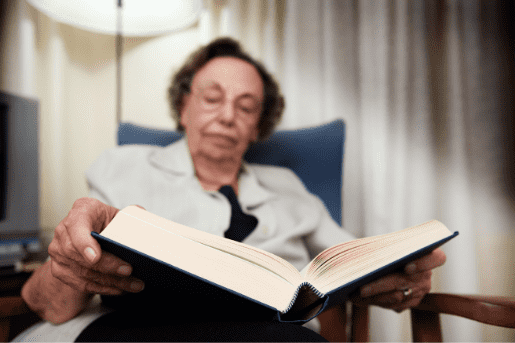
During the pandemic, many libraries have proactively reached out to vulnerable community members, especially those who may be feeling isolated, like senior citizens. One such library is the St. Charles Public Library in St. Charles, Illinois. The library offers outreach services to senior housing residents, nursing homes, and those living at home with special circumstances, such as vision loss or limited mobility. Through this program, participants gain access to all circulating materials, even if they are not able to visit the library in person. Outreach librarians help select materials, register for library cards, and mail or hand-deliver materials. The program, which is free-of-charge, also provides other vital services, such as voter registration and training on the library’s electronic resources.
Additional resources
For libraries
Outreach programs like the one in St. Charles are great examples of accessible library programming. One simple, straightforward, and affordable way to expand library access is through assistive technology. Portable devices such as the Luna S or Compact 10 HD Speech can be put into circulation for patrons to use at home, either by checking them out directly on-site, or through home delivery services. Desktop magnifiers like the ClearView C Speech are another great option for libraries, allowing for more equitable use of materials for all patrons, regardless of their level of vision. What’s more, recent legislation has allocated significant funding for library programming across the nation. For an in-depth look at how to build a more accessible library, check out our 6 step guide.
For bookworms
If you are the beneficiary of an outreach program at your local library such as the one offered in St. Charles, you may be interested in assistive devices that can simplify and enhance your reading experience. Here are a few options to consider:
- At only $359, the all new Luna S by Zoomax is a great entry-level portable magnifier with excellent image quality and bonus features, like voice activation.
- Portable video magnifier
- OrCam Read is a pen-sized handheld reader that instantly reads aloud any printed or digital text.
- For effortless desktop magnification, check out the Optelec ClearView C Speech, with excellent image quality, text-to-speech, and an open back for easy viewing of any reading materials.
Pandemic library programming: wrap-up
We know we’ve only scratched the surface of the multitude of creative programs engineered by libraries nationwide to help community members cope during the pandemic. If you are a librarian or library lover and know of another such program, we want to hear from you. Please leave a comment to share your thoughts.
Author Information
By Bethany Wyshak. Reviewed by Stuart Flom.
Sources
American Libraries Magazine. (2021, March 23). Call Number Podcast: Supporting Seniors during the Pandemic. https://americanlibrariesmagazine.org/blogs/the-scoop/call-number-podcast-supporting-seniors-during-the-pandemic/
Lelyveld, N. (2021, February 6). L.A. Public Library archives COVID stories for future study. Los Angeles Times. https://www.latimes.com/california/story/2021-02-06/la-public-library-pandemic-archive-seeks-submissions
Los Angeles Public Library. (n.d.). LA COVID-19 Community Archive (formerly the Safer at Home Archive) | Los Angeles Public Library. Retrieved April 13, 2021, from https://lapl.org/covid-archive
St. Charles Public Library. (n.d.). About Outreach | St. Charles Public Library. Retrieved April 13, 2021, from https://www.scpld.org/about-outreach
Weymouth Public Libraries. (n.d.). BookMatch | Weymouth MA. Town of Weymouth. Retrieved April 13, 2021, from https://www.weymouth.ma.us/reader-services/webforms/bookmatch


